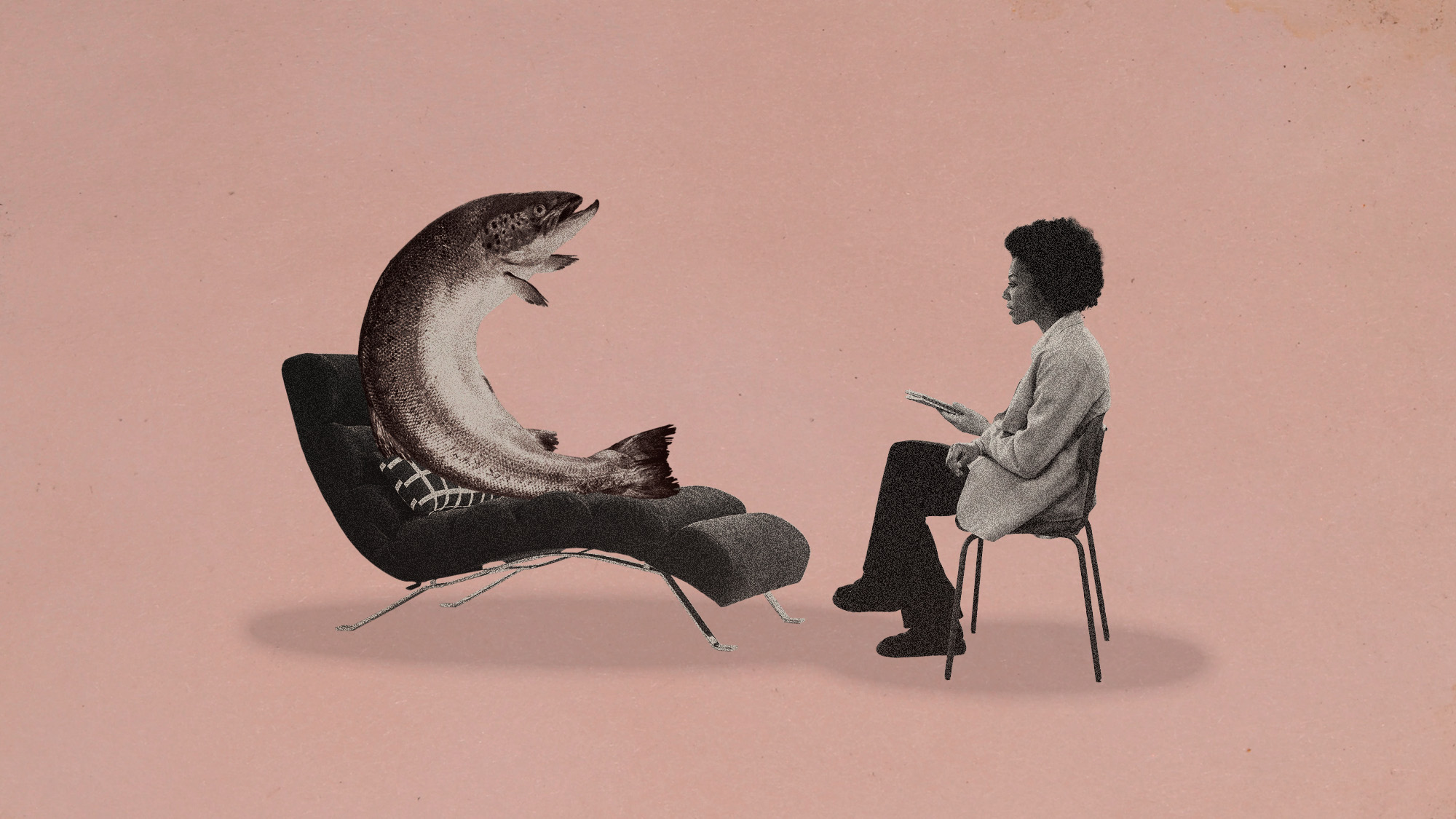How advertisers use sex to sell products to women
We're so mysterious

It's no secret that sex sells. But a lot of studies show that it sells a lot better to men than women.
In 2006, researchers from the University of Florida showed a group of women print ads of beautiful, sexy models from Vogue, Allure, and other women's magazines. They found that the "hotter" the model's attire or look, the lustier the model's expression, the colder it left the female subjects. And a similar 2010 study from the University College of London found that sexual imagery in advertising not only bored women, it actually repelled them.
And yet... if women are immune to sexual advertising, why are women's magazines filled with sexy images, and why does Victoria's Secret, which advertises with sex almost exclusively, make $5 billion in revenue each year? The fact that more photographers and advertisers are men is not the answer. Recent studies show that women are much more tolerant of certain types of sexual ads. Here, three lessons in selling sex to women:
Subscribe to The Week
Escape your echo chamber. Get the facts behind the news, plus analysis from multiple perspectives.

Sign up for The Week's Free Newsletters
From our morning news briefing to a weekly Good News Newsletter, get the best of The Week delivered directly to your inbox.
From our morning news briefing to a weekly Good News Newsletter, get the best of The Week delivered directly to your inbox.
Make sure the product is expensive
Recently, Kathleen D. Vohs from University of Minnesota's Carlson School of Management studied whether "sexual economics theory," which posits that women want sex to be rare and valuable, might apply to marketing.
"We were working from a theory that women have a vested interest in seeing sex portrayed in a certain manner, including advertising, because sex is much costlier for them from a biological perspective and socio-cultural perspective," Vohs explained to Harvard Business Review.
"In society, women can get into a whole lot of trouble if they behave sexually in a manner that's not going to lead them to good long-term consequences," she says. "Biologically, they could have to carry a child. Socio-culturally, they could become stigmatized. There are a whole host of things in between."
Sign up for Today's Best Articles in your inbox
A free daily email with the biggest news stories of the day – and the best features from TheWeek.com
So women may yawn when asked to buy beer from a bikini-clad model, but if the product is rare and valuable, the way women supposedly want sex to be, would they be more susceptible to the ad?
For the study, Vohs asked men and women to view different advertisements for wristwatches. One watch cost only $10, the other cost $1,250. Each were viewed in two settings — one, a simple mountain backdrop, the other, "a sexually explicit scene."
Researchers then asked women to rate how happy, energized, interested, upset, angry, and disgusted, the ads made them feel.
If you're wondering how they controlled for sexual taste, here's Vohs in Harvard Business Review:
In our study, we pilot tested a scene that's highly sexual. It's a woman who's naked and pressed up against a wall, and then a man, also naked, pressing into her. His body is between her thighs. Her breast is showing, but he's covering her other breast and her pubic region, and you see his buttocks. And her face shows an unmistakably erotic expression.
We pre-tested it so that men and women both think it's super sexy, but nobody thinks that he's dominating her. Nobody thinks she's dominating him. And nobody really reports feeling like someone is being objectified. It's just sexy. [Harvard Business Review]
What they found: Women have strong negative reactions to cheap, sexy watches, but more neutral reactions to expensive sexy watches. The price did not impact their perception, however, when the watch was placed against mountain backdrops.
Make sure the sex looks committed
A separate study from 2009 angled at another stereotype of women and sex. Also using images of wristwatches, researchers tried to assess whether a signal of commitment would make sexual ads more palatable to women.
For this study, subjects once again looked at a non-sexual ad, as well as two types of sexual ads that were identical, except that one showed the watch with a red ribbon tied around it and this statement: "This watch is positioned as a gift from a man to the special woman in his life."
To examine if this is just a matter of people liking gifts, regardless of sex and commitment, the researchers asked a different group of women to view a non-sexual ad in both gift and non-gift positioning. They found that the gift positioning was effective only in the sexual ads.
Interestingly, men's attitudes for the watches actually declined with the gift positioning.
And most importantly, make sure the product is sexual, too
If women are immune to sexual advertising unless it makes sex seem rare, or somehow connected to commitment, how do you explain the 1994 Wonderbra billboard showing Eva Herzigova in a black lace wonder bra, a $30 item, sans any signal of commitment form a man, with the words "Hello, Boys" in bold? Wonderbra's sales quadrupled the year the ad came out, and a recent public vote by Outdoor Media Center found it the most "iconic" advertising image of all time.
Madwomen, a marketing blog, explains:
When the brand is "sexy" then women in the survey accepted this. One brand that is overtly about sex and uses sex to sell in clever, intriguing ways is Coco de Mer. Their launch campaign focused on the benefits of their products (high-class sex toys) and instead of using images of women's airbrushed bodies, it showed faces. Faces of women and men having an orgasm. How relevant and clever is that? [Madwomen]
This also explains Victoria's Secret, another brand that's overtly sexy and uses overtly sexual advertising to prop up that image.
So, sex sells to women when it overtly makes sense for the product, and not so much in the case of sex and watches, where it seems like a non-sequitur. Maybe we're not so mysterious after all?
Carmel Lobello is the business editor at TheWeek.com. Previously, she was an editor at DeathandTaxesMag.com.
-
 The state of Britain's Armed Forces
The state of Britain's Armed ForcesThe Explainer Geopolitical unrest and the unreliability of the Trump administration have led to a frantic re-evaluation of the UK's military capabilities
By The Week UK
-
 Anti-anxiety drug has a not-too-surprising effect on fish
Anti-anxiety drug has a not-too-surprising effect on fishUnder the radar The fish act bolder and riskier
By Devika Rao, The Week US
-
 Sudoku medium: April 21, 2025
Sudoku medium: April 21, 2025The Week's daily medium sudoku puzzle
By The Week Staff